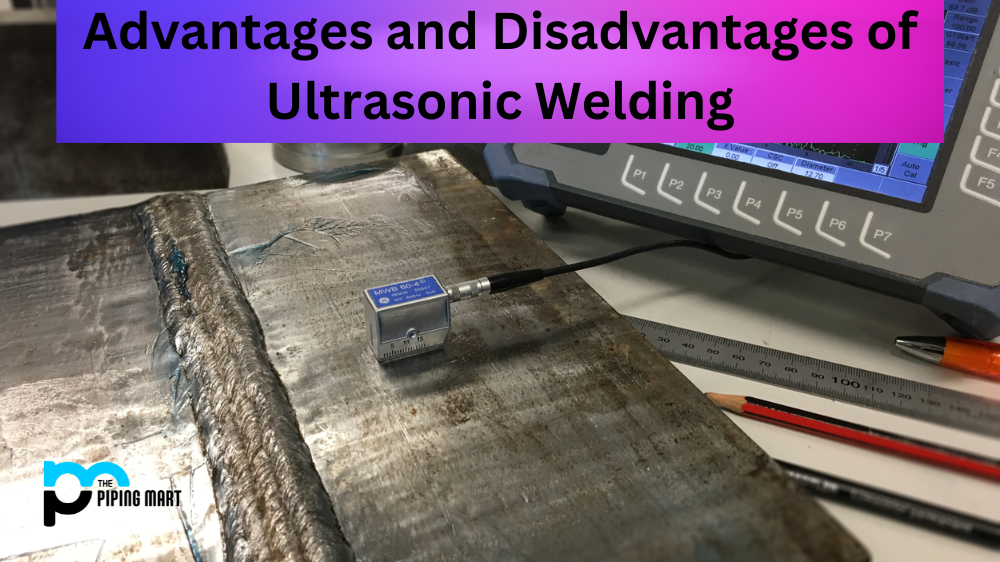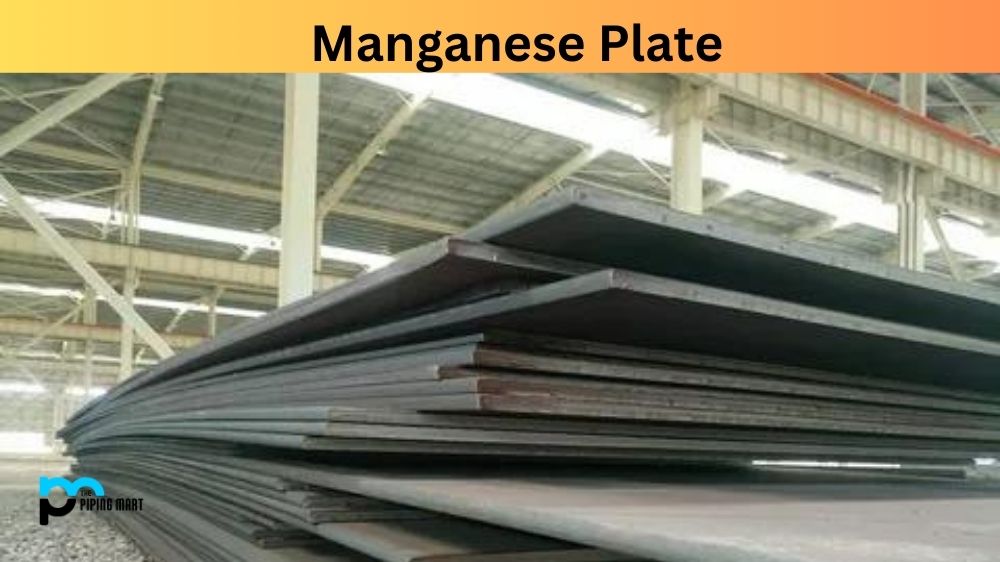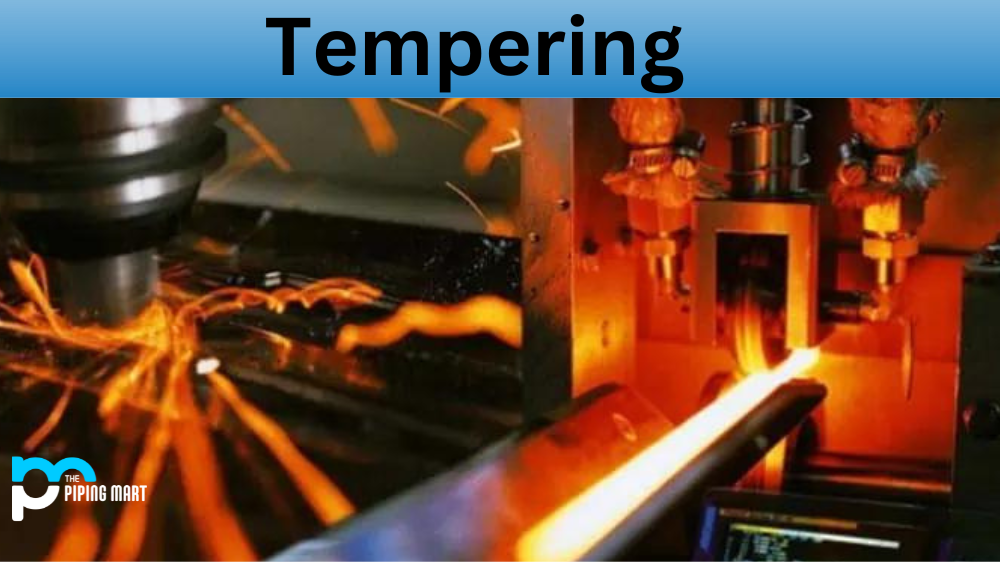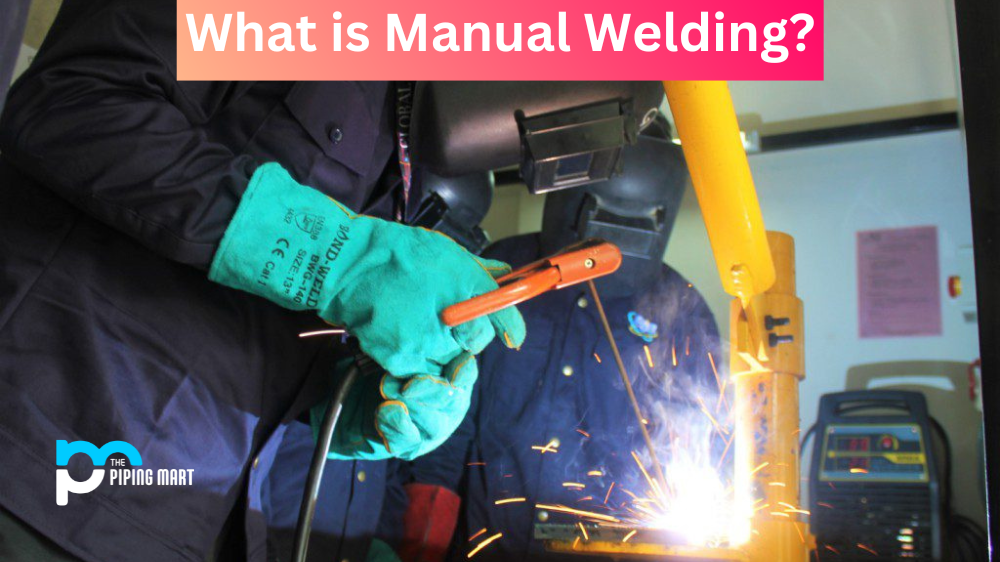Ultrasonic welding is a popular bonding technique used in many industries. It is especially useful for joining thermoplastic materials and is often used for medical device manufacturing. While the process has a lot of advantages, it does have some drawbacks as well. Let’s take a closer look at both the pros and cons of ultrasonic welding to help you decide if it’s right for your project.
Advantages of Ultrasonic Welding
The primary benefit of ultrasonic welding is speed. The process can be completed quickly since no preheating or post-weld cooling is required, which means that production times are kept to a minimum. In addition, ultrasonic welding produces strong bonds with low levels of contamination, so there’s less waste created during the manufacturing process. Lastly, because no additional components are needed during the welding process (such as solder or adhesives), costs are reduced significantly.
- Ultrasonic welding is a fast, efficient way to join two pieces of material together.
- Ultrasonic welding produces a strong, durable joint that can withstand high temperatures and pressures.
- Ultrasonic welding is a clean, safe process that does not produce harmful emissions or waste products.
- Ultrasonic welding is compatible with a wide range of materials, including metals, plastics, and composites.
- Ultrasonic welding can be used to join dissimilar materials together, such as metal and plastic.
Disadvantages of Ultrasonic Welding
The main disadvantage of ultrasonic welding is that it only works with certain types of materials, specifically those with low melting points, such as thermoplastics or thermosets. Additionally, some metals cannot be welded using this method due to their high melting points and/or hardness. Furthermore, because the process requires precise timing and pressure control, it can be difficult to ensure consistent quality in each welded component. Finally, due to the nature of the process, it can be challenging to inspect finished welds for defects such as cracks or voids without disassembling parts.
Limited to Smaller Parts
One of the primary disadvantages of ultrasonic welding is that it is limited to smaller parts. This is because the process requires that the two pieces being welded fit snugly together, which can be difficult to achieve with larger parts. Additionally, ultrasonic welding generally cannot be used on parts that are made from dissimilar materials.
More Expensive
Another disadvantage of ultrasonic welding is that it is generally more expensive than other welding methods. This is because the equipment required to perform the weld is typically more expensive than other types of welding equipment. Additionally, ultrasonic welding generally requires more operator training than other methods, which can add to the overall cost.
Requires Clean Surfaces
Ultrasonic welding also requires that both surfaces being welded be clean and free of debris. This can be a challenge in some manufacturing environments, as surfaces may become contaminated with dust, oil, or other contaminants during the production process. If not properly cleaned, these contaminants can prevent the weld from taking place or result in a weaker bond.
Can Cause Distortion
Another potential disadvantage of ultrasonic welding is that it can cause distortion in the parts being welded. This distortion is typically caused by the high levels of heat and pressure that are generated during the welding process. In some cases, this distortion can be severe enough to render the part unusable.
Requires Specialized Equipment
Finally, ultrasonic welding generally requires specialized equipment that may not be available in all manufacturing facilities. This specialized equipment can include things like an ultrasonic welder, generator, and converter. While this equipment is typically available from welding suppliers, it can be difficult to find in some areas.
Conclusion:
Ultrasonic welding offers several advantages over more traditional methods, such as soldering or brazing, when working with certain materials like thermoplastics and thermosets. Its fast processing time reduces production times significantly while also reducing costs associated with additional components like solder or adhesives that may be needed in other types of welding processes. However, this method does have some drawbacks—it won’t work with all materials and can be difficult to quality check due to its quick processing time—so it’s important to consider your particular project before deciding if ultrasonic welding is right for you.

Abhishek is a seasoned blogger and industry expert, sharing his insights and knowledge on various topics. With his research, Abhishek offers valuable insights and tips for professionals and enthusiasts. Follow him for expert advice on the latest trends and developments in the metal industry.




